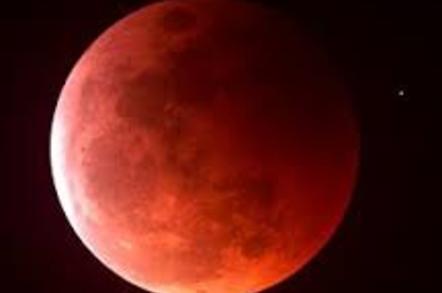Skygazers prepare for 'blood Moon' caused by Earth eclipse
Planetary shadow could cripple LADEE lunar probe

North American night owls will be in prime position to catch their best view of a lunar eclipse at around 1am EDT Tuesday as our natural satellite is overshadowed by Earth.
The Earth's shadow will start to cover the Moon's surface at 12:54am EDT and the cover the lunar surface completely between 3:07am and 4:25am, causing a phenomenon known as a blood Moon, in which light refracted through the Earth's atmosphere will make the object appear red or brown. The best views will be in the Americas and New Zealand.
"The eclipse is a phenomenon that occurs when the Earth, moon and sun are in perfect alignment, blanketing the moon in the Earth's shadow", NASA Goddard said in a statement. "The United States will not be able to witness a full lunar eclipse in its entirety again until 2019."
If you're not blessed with clear skies, not to worry – NASA will be live streaming the eclipse as it happens and astronomers will be conducting a live web chat to discuss the phenomenon in depth.
If you do miss the eclipse, there will be more to come, however. Tonight's celestial show is the first of a sequence of four blood moons, known as a tetrad, spread over the next 18 months. The next eclipse is due on October 8, followed by two more next year on April 4 and September 28.
Despite being a well-understood phenomenon these days, the blood moon has been a staple of mankind's mythology for millennia, and even now excites primal emotions of doom in some. But for one man-made object the eclipse could well spell doom.
NASA's Lunar Atmosphere and Dust Environment Explorer (LADEE) probe is currently skimming through the Moon's tenuous atmosphere checking for dust samples. The eclipse will chill down the probe to the limits of its engineering tolerances and it may not restart once light – and heat – return.
NASA has prepared for this eventuality, however. The probe, having completed its primary mission, has already been set to crash onto the lunar surface later this month, and so no crucial science will be lost. ®








 User Center
User Center My Training Class
My Training Class Feedback
Feedback











